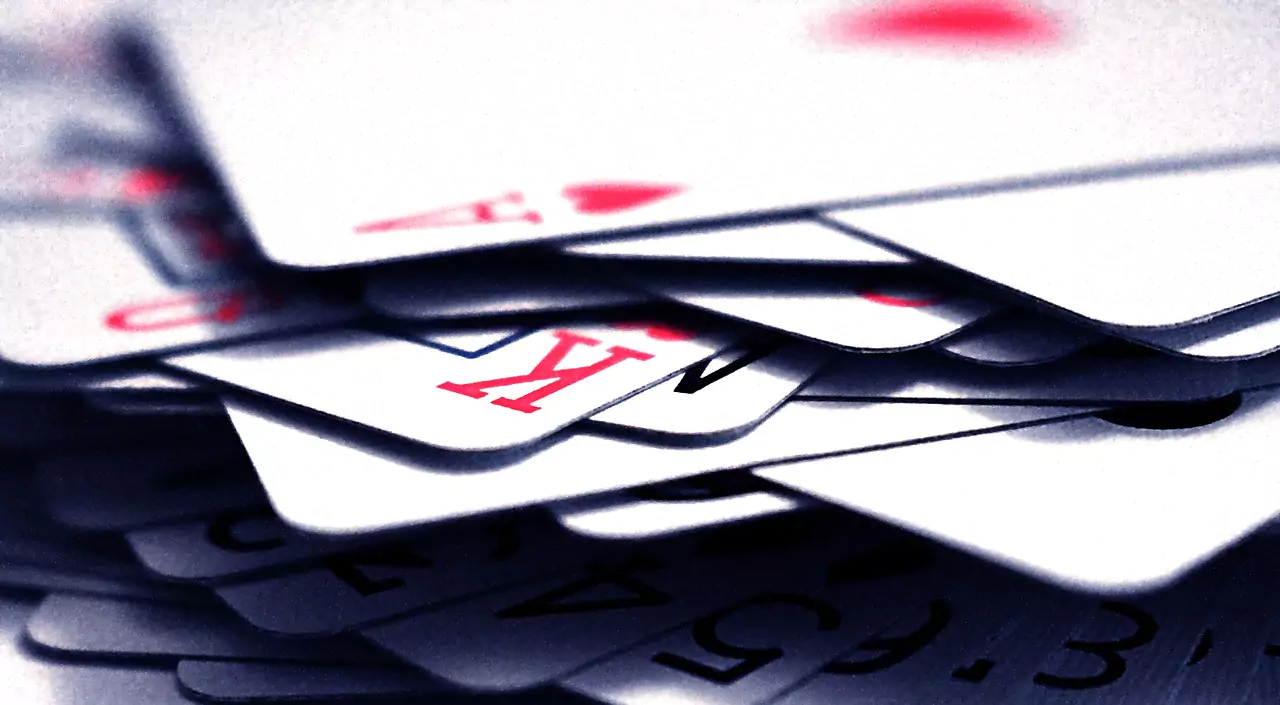In the captivating realm of poker, where cards, chips, and psychology intertwine, few elements play a more pivotal role than the concept of blinds. Serving as the silent architects of every hand, blinds inject strategic depth, tension, and dynamic decision-making into the game. Join us as we unravel the intricacies of blinds, exploring their origins, strategic significance, and the nuanced dance they orchestrate at the poker table.
The Genesis: Understanding Blinds in Poker
At the heart of every poker hand lies the concept of blinds – forced bets that two players, the small blind (SB) and big blind (BB), must contribute to the pot before cards are dealt. This initial investment sets the stage for the subsequent betting rounds, shaping the dynamics of each hand and placing unique pressures on the players involved.
The Small Blind (SB): Navigating the Early Challenges
Positional Disadvantage: The small blind, positioned directly to the left of the dealer, faces the challenge of initiating the betting while having seen none of their cards. This positional disadvantage requires a blend of caution and calculated aggression.
Forced Investment: The small blind typically posts a bet equal to half of the minimum bet for the hand. This forced investment is a financial commitment made without the benefit of card knowledge, adding an extra layer of complexity to the decision-making process.
The Big Blind (BB): The Last Line of Defense Pre-Flop
Closing the Betting Action: The big blind, seated to the left of the small blind, enjoys the privilege of closing the betting action for the pre-flop round. This advantageous position allows the big blind to make more informed decisions based on the actions of other players.
Forced Investment: The big blind posts a bet equal to the minimum bet for the hand, providing a larger stake in the pot compared to the small blind. This forced investment sets the stage for the post-flop dynamics and introduces a strategic advantage.
Pre-Flop Dynamics: The Initial Chess Moves
As the pre-flop betting unfolds, the strategic dance of blinds intensifies, with the small blind and big blind facing unique challenges and opportunities.
Small Blind Strategy: The small blind, having posted a forced bet without card knowledge, must decide whether to complete the bet to the minimum or raise. This decision hinges on factors such as hand strength, opponent tendencies, and the potential for future betting rounds.
Big Blind Advantage: The big blind, armed with the knowledge of the small blind’s actions and having the last say pre-flop, can make more informed decisions. This positional advantage allows the big blind to choose between checking, raising, or folding based on the overall table dynamics.
Post-Flop, Turn, and River: The Unfolding Drama
As community cards are revealed in subsequent betting rounds, the strategic role of blinds persists, influencing the decisions of the small blind and big blind.
Small Blind Challenges: The small blind, having committed a forced bet, faces the challenge of defending or folding based on the evolving community cards. This position requires astute decision-making, as the small blind acts first in each betting round, lacking the advantage of information.
Big Blind’s Last Act: The big blind, with the advantage of late position, makes decisions post-flop, turn, and river rounds based on a more comprehensive view of the table dynamics. This allows the big blind to control the tempo of the betting and potentially exploit the vulnerabilities of opponents.
Blind Steal: Unveiling a Strategic Maneuver
One of the nuanced strategies involving blinds is the “blind steal.” Occurring predominantly in late positions, a blind steal involves a player attempting to win the pot by making a significant raise when the small blind and big blind have weak hands. This maneuver capitalizes on the inherent challenge blinds face in defending their forced bets, aiming to force them to fold and claim the pot without a showdown.
Blind vs. Blind Battles: The Duel Within
When the action narrows down to the small blind and big blind, a unique dynamic known as “blind vs. blind” unfolds. In these scenarios, both blinds must navigate the compressed betting positions and the absence of positional advantage.
Small Blind Aggression: The small blind, recognizing its positional vulnerability, may choose an aggressive approach, utilizing raises and re-raises to assert dominance. This aggression aims to exploit the big blind’s uncertainty and maximize the potential for winning the pot without a showdown.
Big Blind Defense: The big blind, cognizant of its late position, may defend its blind by calling or raising. This defensive strategy is designed to thwart the small blind’s attempts at blind steals and extract value from the perceived positional advantage.
The Psychological Element: Mind Games at the Blinds
Blinds introduce a psychological layer to poker, as players navigate the challenges of posting forced bets and responding to the actions of opponents. The small blind may project strength despite its positional disadvantage, while the big blind can use its late position to induce uncertainty in opponents.
Blinds in Tournament Play: Escalating Pressures
In tournament settings, blinds escalate at predetermined intervals, introducing time-based pressure that forces players to adapt their strategies. As blinds increase, the relative value of chips diminishes, compelling players to engage in more aggressive play to accumulate chips and survive the escalating blinds.
The Online Dimension: Blinds in the Digital Realm
In the realm of onlinepoker, blinds maintain their significance, but the pace and dynamics evolve. Digital platforms seamlessly manage blind structures, and online players experience the strategic nuances of blinds in a fast-paced environment. The online setting introduces additional tools, such as the auto-post feature, streamlining the blind-posting process.
Conclusion: The Silent Architects of Poker Strategy
In the intricate tapestry of poker strategy, blinds emerge as silent architects, molding the dynamics of each hand and adding layers of complexity to decision-making. The small blind and big blind, stationed at the forefront of every hand, engage in a dance of risk and reward, shaping the narrative of the game. Understanding the profound impact of blinds is essential for any poker player seeking mastery, as it unveils the strategic depth of the game and enhances one’s ability to navigate the dynamic interplay of cards, bets, and bluffs.




